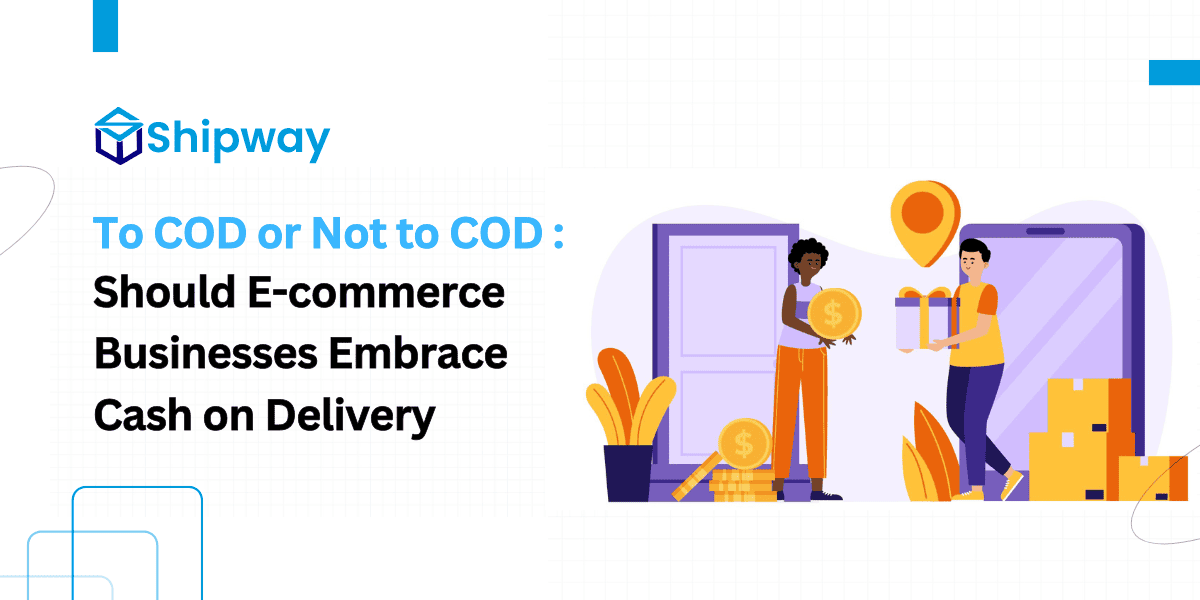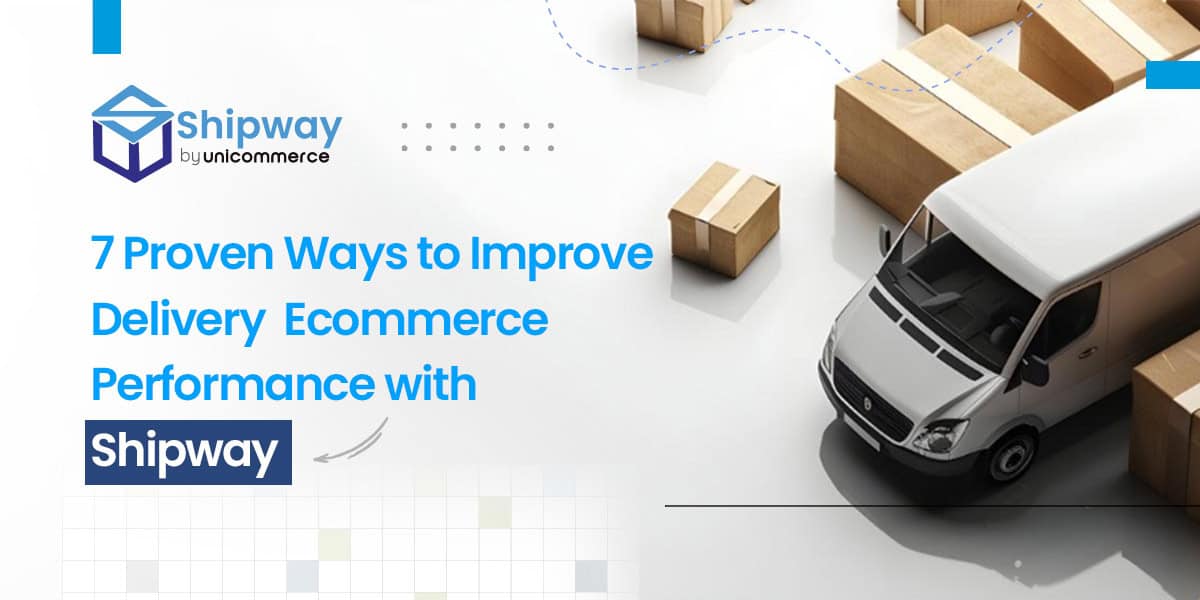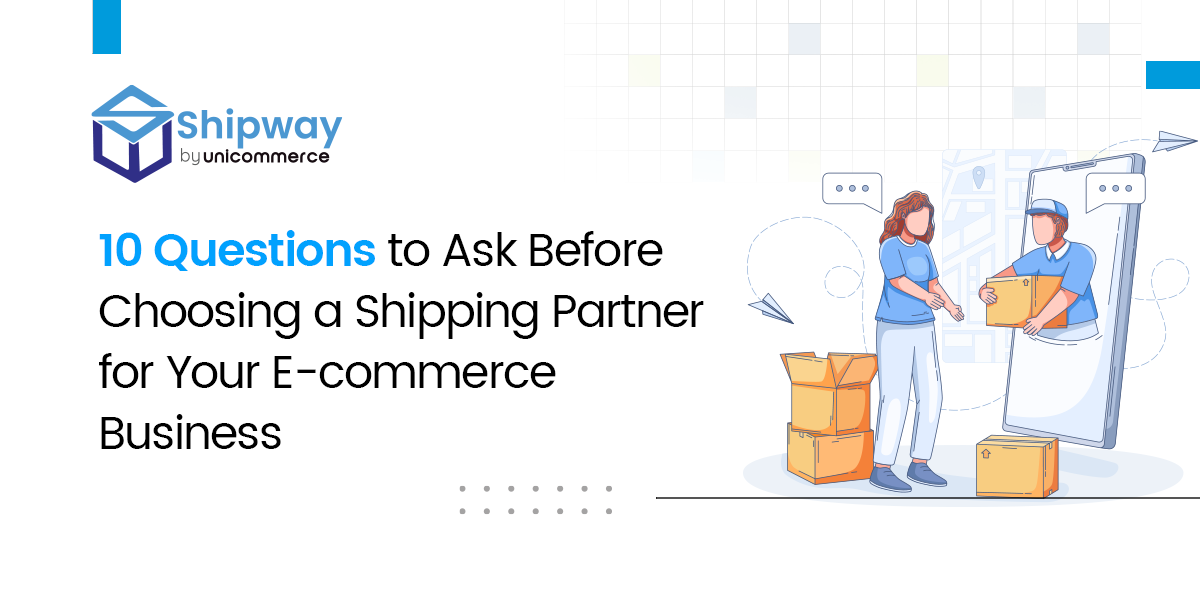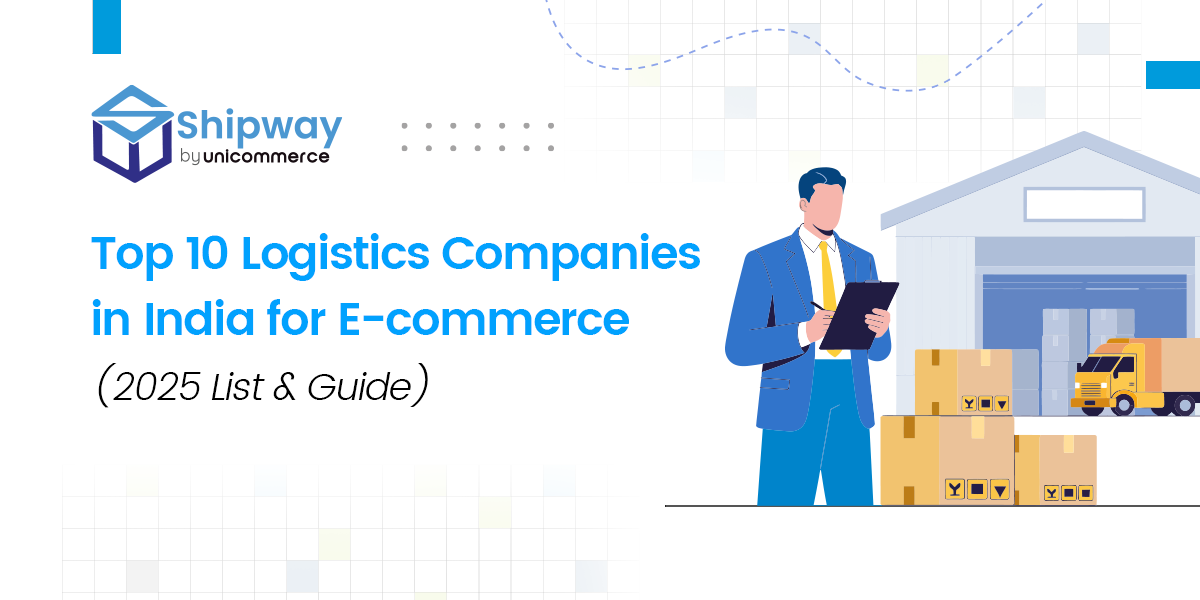Cash on Delivery (COD): A Double-Edged Sword for D2C Brands
Customer satisfaction is a critical thing in the modern-day ecommerce market. This has become more important for direct-to-consumer brands in India. This is because they depend on fulfilling the customer needs to ensure high conversions & year-on-year growth.
One of the most popular demands from Indian consumers is the option to pay using the Cash on Delivery option on the online store. While COD has its advantages, like it helps in building trust and expanding reach, it also comes with some sort of challenges from a business owner’s perspective.
In this article, we’ll explore:
- Why do customers prefer COD?
- How does providing COD help brands scale in the long run?
- The disadvantages of COD for D2C businesses and strategies to handle them properly.
Why Do Customers Prefer Cash on Delivery?
COD remains a preferred payment method in India Tier 2, 3, and beyond cities even in 2024. This is largely due to limited digital payment adoption and the higher contribution of these regions to overall sales. Several factors drive this preference:
- Trust Issues: Many shoppers hesitate to make online payments due to concerns about fraud or poor experiences with unknown eCommerce brands. COD allows them to build trust with a brand before switching to prepaid payments.
- Product Quality Concerns: Shoppers worry about receiving damaged products or late deliveries. COD gives them the option to inspect, reject, or return products on the spot without financial loss.
- Online Fraud: COD protects customers from potential fraud as they don’t need to share sensitive financial information.
- Lack of Digital Access: In Tier 3 and beyond cities, 41.5% of eCommerce orders rely on COD due to low digital penetration and limited access to online payment methods.
How Does COD Benefit D2C Brands?
Despite the operational challenges, COD offers distinct advantages for D2C brands:
1. Building Customer Trust
By offering COD, brands demonstrate an understanding of customer hesitation and prioritize fulfilling orders over immediate payments. This improves the overall customer confidence and loyalty towards a particular ecommerce company.
2. Security for Customers
COD reassures shoppers that their payments are safe and only made after receiving the product. Partnering with secure payment platforms further enhances this trust.
3. Expanding Reach
COD helps brands cater to areas with limited digital payment infrastructure, unlocking new markets and reaching untapped customer bases.
4. Increased Revenue Opportunities
Offering COD can lead to:
- Higher revenue by attracting more customers.
- Brand awareness in regions competitors are yet to explore.
- Greater loyalty from customers who feel the brand is accessible to them.
Example: Lenskart offers COD across 26,000 pin codes in India, helping them make eyewear accessible to a diverse audience.
The Disadvantages of COD for D2C Brands
1. Risk of Losses
COD makes businesses vulnerable to Return-to-Origin (RTO) incidents when customers cancel or reject orders at delivery. Each RTO incurs:
- Forward and reverse logistics costs.
- Operational costs for processing orders.
- Packaging and quality check expenses.
- Increased risk of product damage.
2. High Logistics Costs
Multiple delivery attempts due to customer unavailability lead to higher logistics costs, including fuel expenses and delivery time.
3. Restricted Cash Flow
COD payments delay revenue collection, creating cash flow challenges for businesses relying on immediate capital for operational expenses.
4. Cash Management Issues
Managing cash collected by logistics partners and reconciling it with delivery records is tedious and costly, especially for businesses handling high COD volumes.
Effective Strategies to Handle COD Challenges
1. Customer Contact and Address Verification
Ensure customers provide accurate addresses with complete details (e.g., landmarks, pin codes).
2. Analyze Customer Buying Behavior
Use AI and machine learning solutions, like Shipway to analyze customer history and categorize them into high-, mid-, and low-risk segments.
- Restrict COD for high-risk customers.
- Apply behavioral nudges (e.g., COD fees or OTP confirmations) for mid-risk shoppers.
- Offer discounts for prepaid orders to encourage prepaid adoption.
Example: A leading audio brand reduced RTO rates by implementing these measures, ensuring COD availability across India while mitigating risks.
3. Send Real-Time Order Updates
Use platforms like SMS & WhatsApp to send order updates, shipment statuses, and delivery alerts. Proactive communication reduces cancellations and reassures customers.
4. Set Purchase Limits
Implement minimum and maximum order values for COD purchases. High-value items can use split payment options, where customers pay a token amount online and the rest in cash upon delivery.
5. Promote Prepaid Payments
Offer incentives like discounts or freebies for prepaid orders to shift customer preferences. Shoppers are more likely to opt for prepaid when they see tangible benefits.
6. Minimize Returns and Refusals
- Prepaid Incentives: You can encourage customers to switch to prepaid by offering discounts, cashback, or free shipping.
- Confirmation Before Dispatch: Use automated calls or messages to confirm COD orders, ensuring the customer genuinely intends to receive the product.
- Customer Screening: Analyze customer behavior to identify and flag high-risk profiles (e.g., frequent returns or refusals).
7. Impose Conditions on COD
- Order Value Caps: Limit COD availability for high-value orders to reduce the financial risk of cancellations.
- Restricted Regions: Offer COD only in locations where carrier partners have reliable delivery networks.
- Partial Prepayment: Require a small upfront payment to reduce frivolous cancellations.
8. Optimize Non-Delivery (NDR) Management
- Proactive Communication: Reach out to customers for real-time updates on delivery attempts and resolve issues like rescheduling.
- Flexible Rescheduling: Allow customers to reschedule deliveries easily to prevent failed attempts.
- Return Prevention Workflows: Use analytics to predict and prevent orders likely to be refused.
9. Choose Reliable Logistics Partners
- Specialized Partners: Collaborate with logistics providers experienced in handling COD orders and cash management.
- Cashless COD Options: Partner with logistics companies offering digital payment solutions at delivery.
10. Implement Surcharges for COD
- Add a small fee for COD orders to offset the additional costs of cash handling and returns. This encourages customers to choose prepaid options without completely removing COD.
11. Automate Cash Reconciliation
- Technology Integration: Use shipping automation platforms to automate the COD remittance, ensuring faster cash flow and reducing errors.
- Tracking Dashboards: Maintain visibility into COD collections and payouts to minimize delays or discrepancies.
12. Strengthen Returns Management
- Efficient Reverse Logistics: Streamline the return process to minimize logistics costs associated with refused orders.
- Dynamic Pricing for Returns: Charge return shipping fees for COD orders if the refusal rate is high.
13. Educate Customers
- Provide clear communication on the benefits of prepaid payments (e.g., faster shipping, no COD charges) to shift customer preferences over time.
14. Monitor and Analyze COD Trends
- Use analytics to assess COD performance, such as return rates, refusal patterns, and region-wise risks. Continuously tweak your strategy based on these insights.
Conclusion
At last, Cash on Delivery in India always remains a valuable payment method that allows customers to shop with confidence and helps brands reach a wider audience. However at the same time, COD also comes with challenges like high RTO rates, increased costs, and delayed cash flow.
By implementing smart strategies like address verification, behavioral analysis, choosing the best COD carrier, proactive communication and alerts and prepaid promotion, D2C brands can reduce COD risks while maintaining their advantages.
Ultimately, it is all about finding the right balance between COD and prepaid orders for your ecommerce. It defines the growth of your ecommerce business and makes it easy to scale efficiently and sustainably in India’s eCommerce market.
You may also like…
7 Proven Ways to Improve Delivery Ecommerce Performance with Shipway
Delivering products swiftly and reliably has become a decisive factor for winning and retaining customers in ecommerce delivery. Fast delivery...
read more10 Questions to Ask Before Choosing a Shipping Partner for Your E-commerce Business
Top 10 Questions to Ask Before Choosing a Shipping Company Setting up an e-commerce business is just one step on the ladder to success, but...
read moreTop 10 Logistics Companies in India for eCommerce (2025 List & Guide)
India’s eCommerce sector is booming, projected to reach USD 200–220 billion by 2026, driving an urgent demand for reliable logistics solutions. For...
read more





